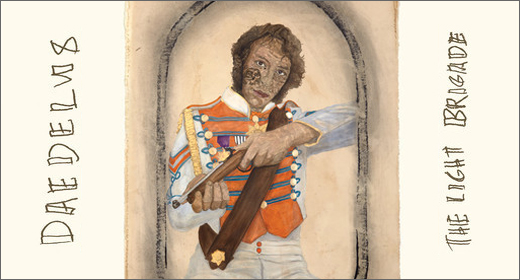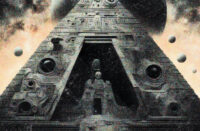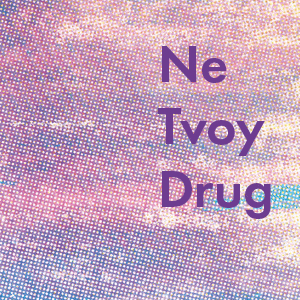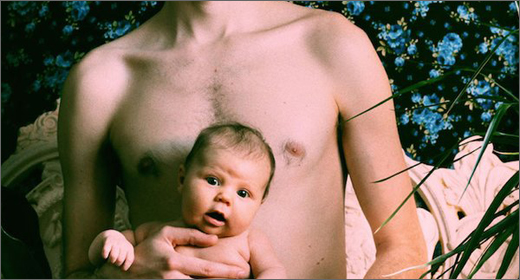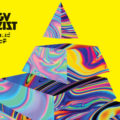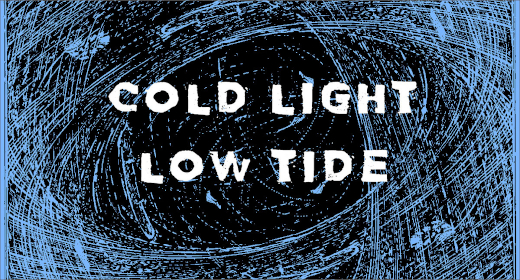Daedelus works in the fringes of genres, taking what works at the limits and pushing the boundaries just a bit more.
 What is the beat scene to do without its most “out there” hero, the impeccably dressed Daedelus? With a huge discography under his belt, the man has become a symbol for what true experimentation is. He strays far from the current musical scene and excels at doing his own warped take on electronic music. Daedelus, the artist, is a beat magician. A true heir to the beat scene’s forefathers. An artist that poses a particular duality that is both disconcerting and alluring. Unlike his contemporaries, it is not possible to put a finger on Daedelus. Be it glitch, hip hop, trap or just beat-based music, Daedelus works in the fringes of genres, taking what works at the limits and pushing the boundaries just a bit more.
What is the beat scene to do without its most “out there” hero, the impeccably dressed Daedelus? With a huge discography under his belt, the man has become a symbol for what true experimentation is. He strays far from the current musical scene and excels at doing his own warped take on electronic music. Daedelus, the artist, is a beat magician. A true heir to the beat scene’s forefathers. An artist that poses a particular duality that is both disconcerting and alluring. Unlike his contemporaries, it is not possible to put a finger on Daedelus. Be it glitch, hip hop, trap or just beat-based music, Daedelus works in the fringes of genres, taking what works at the limits and pushing the boundaries just a bit more.
The two sides previously mentioned correspond to distinct images being given by the man’s powerful live performances and his albums. The Daedelus we know—and certainly the one we are used to—is exemplified by the various live performances on the web. He is a monome-enabled maniac, a DJ for the over-caffeinated future. This side of Daedelus thrives on sonic chaos and sees no difference between a Beach Boys sample and a Shlohmo beat. Sounds are not so much made as they are powerfully crashed against one another. Daedelus is the beat scene’s bricoleur par excellence.
The second narrative is much better exemplified by the man’s discography. Take 2008’s Love To Make Music To and last years Drown Out. Two records could not sound more dissimilar. Instead of providing some sort of consistency to his output, Daedelus seems to take pleasure out of jumping to the next sound, the next bit of inspiration. As records, both are shaky outings for this very reason. With Daedelus previous efforts, cohesiveness is traded for experimentation. Alfred Darlington seemed to be in a state of continuous becoming, never bothering to think about what sounds he was mixing. As a result, the albums were unequivocally his, but were less than friendly to new listeners.
Change started to come in the form of an EP with wife Laura Darlington, Rightheous Fists of Harmony is an exquisitely composed album with an ear for immanent coherence and gloriously gorgeous sounds. Daedelus’ move towards the melodic continued in last year’s Drown Out, a more stable, fixed sound that differentiated itself from previous efforts by the inclusion of layered vocals and a exquisitely arranged electronic beats. Album highlight “Tiptoes” points to this direction. The vocal work leads to a crescendo only rivaled by then label-mate Baths.
With The Light Brigade, an album inspired by the 1800’s Crimean World, he assuredly proofs that his skills go beyond creating an inspired and often schizophrenic collage of sounds. Released on Brainfeeder, Brigade’s magnificence is provided by Daedelus delicate mix of moving atmospheric beats and nostalgically punctuated guitars.
If label-mate Flying Lotus creates space dramas, Daedelus’ achievement in his latest outings is that of a historical drama. The Light Brigade is as much as a continuation of his Righteous Fist of Harmony EP (out on Brainfeeder too) as a conceptual exercise in powerful and mournful melodies. This is an album composed of eerily lived soundscapes accompanied by gorgeous vocal melodies.
First single “Onward” gives us a taste of the increasingly minimalist sound Daedelus is going for. The real surprise here, however, are the acoustic guitars. Long gone are the frantic and experimental sound collages that would find their way into live mixes. Even the upbeat “Tsars and Hussars” hinges primarily on vocals and a relatively controlled beat. “Country of Conquest” closes up the album in a grandiose manner. It is one of the most gorgeous and dramatic ways to end an album. Daedelus chose to calm down and chase after a feeling, with The Light Brigade, it paid off in a beautiful way.
The Light Brigade is available on Brainfeeder.






